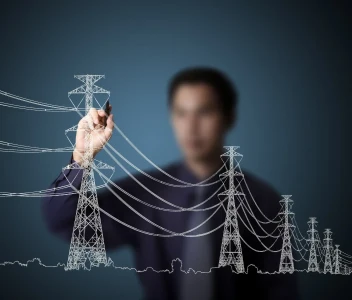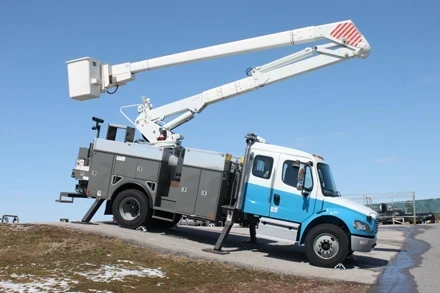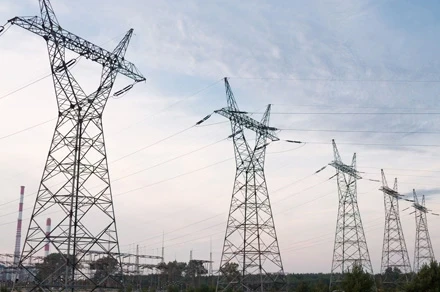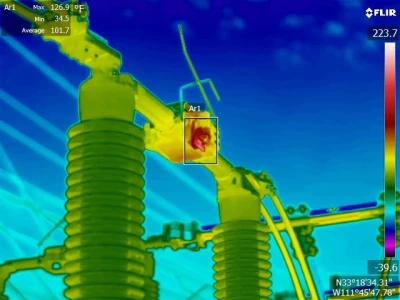WORKING IN THE THIRD DIMENSION

Typically, engineering consulting firms have been designing substations using two-dimensional computer aided design software (CAD) since the 1970s. This common technique produces two-dimensional drawings that are completed individually by designers. Any change to the design requires the designer to incorporate the change in each individual drawing manually. This process becomes an inefficient design practice as it increases the potential for error due to duplicated information appearing across multiple drawings. Accuracy is especially critical in the final tender and construction documents where errors and omissions can be very expensive to the client.
The two-dimensional design concept is very time consuming, the process requires manual inputs to populate bills of materials, material quantity reports, equipment numbering, and cable and conduit schedules. When a change occurs to the initial design during the project, all the schedules must be manually updated creating a greater potential for errors or omissions. The reliability of these documents becomes diminished as more changes are requested throughout the project.
During the review process, large amounts of documents and drawings are required to capture the entire design of the project that leads to an overwhelming amount of information that can swamp a client, making the review and approval process a long and demanding task.









